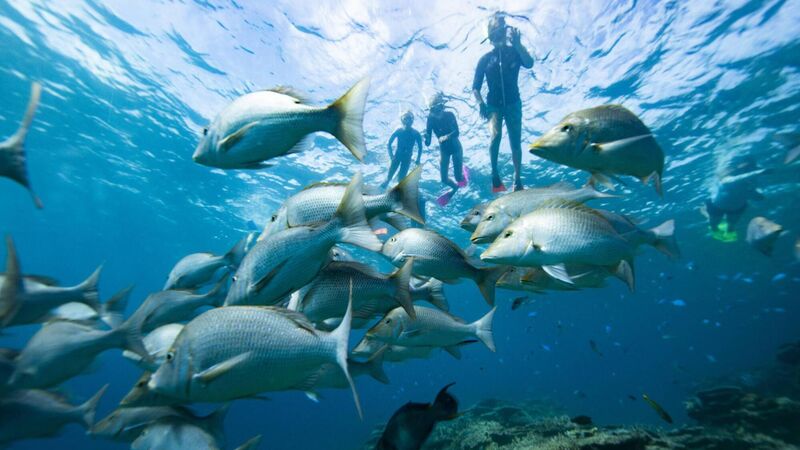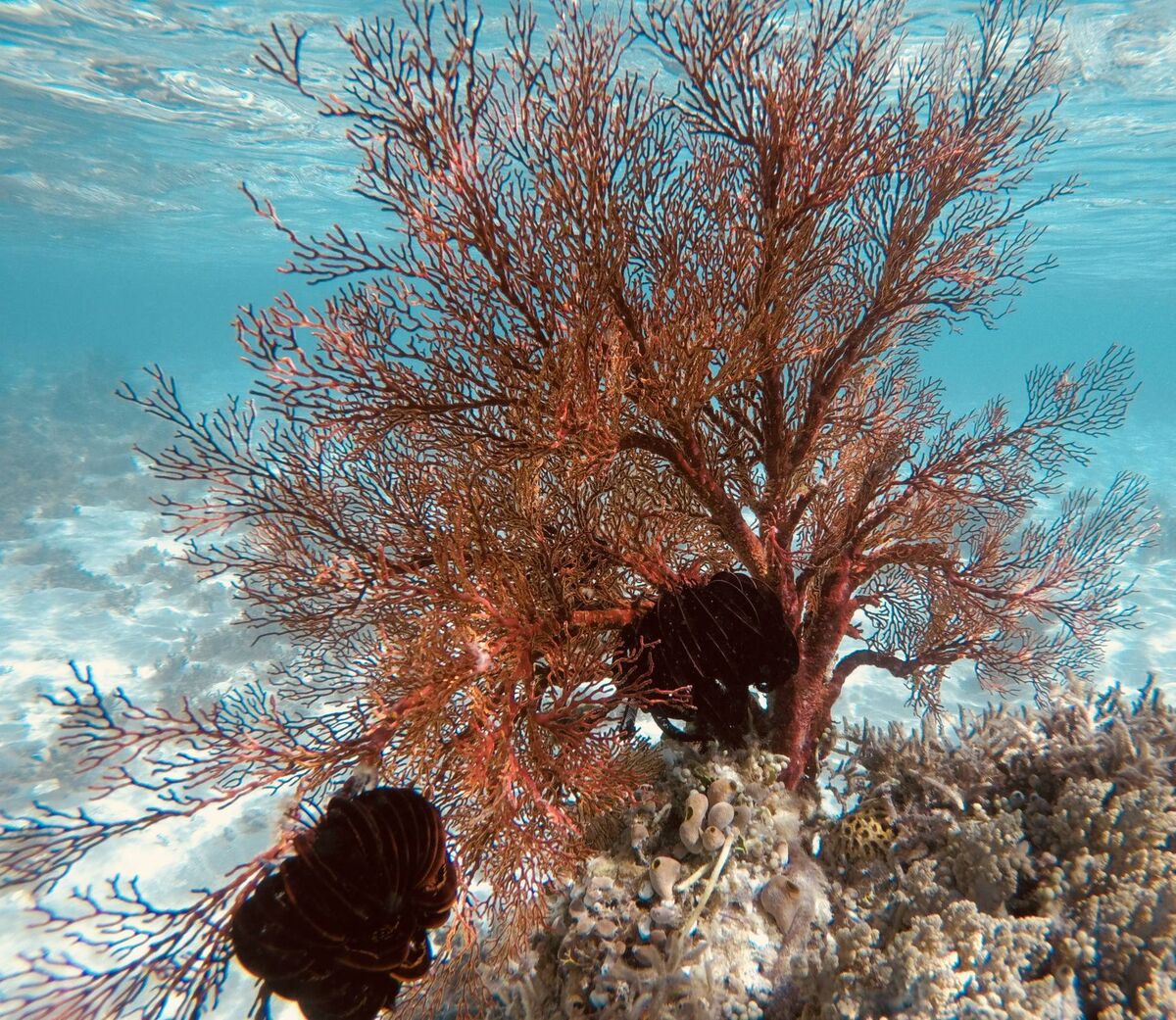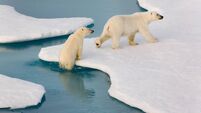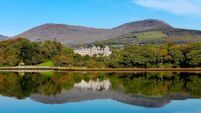The Great Barrier Reef: what's being done to save the world's largest living structure

Swimming with green sea turtles on the Great Barrier Reef in Queensland, Australia.
Like many people who lived through covid, I’ve spent more than my fair share of time hanging about in nurseries over the past few years.


Indeed, vivid colour is not the only thing to look for. “Yes, many people assume that bleached coral is irreversibly dead,” says my dive buddy and Master Reef Guide Corinda de Mooij.
“There’s also a misconception that healthy corals are neon-bright. But is this what we expect above ground? Flowers, trees, plants. They come in all shades, and change according to the seasons and conditions. It’s the same underwater.”
- Fly Drive Holiday
- 17 days / 16 nights
Explore Queensland’s lush hinterland and scenic southern coastline on this bush to beach adventure.
Follow walking trails in ancient rainforests, swim with turtles on a remote Barrier Reef and discover iconic K’gari (Fraser Island).
- €3,565 per person (based on 2 adults sharing) Flights extra. trailfinders.ie









